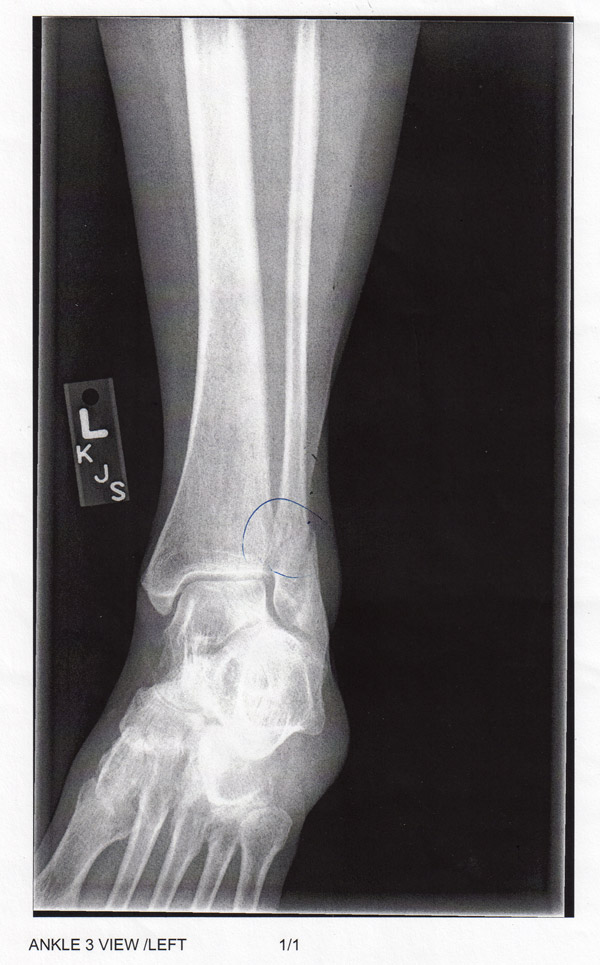From 2D Photography in Canada:
Author: leh
Mission Complete, Houston
Tree Down
 This tree (click it), right across the street from my workplace, gave it up during a sudden monsoon-like thunderstorm that erupted yesterday afternoon. Doesn’t look so bad now, but the front office staff saw it all unfold, stopping traffic temporarily in the eastbound side of the street. Not being the dedicated photojournalist that you might expect, I waited until the storm had subsided to document the by-then-partially-cleaned-up aftermath. Nothing went down on the home front, but I heard reports upon returning there that they were bracing for it, as it was pretty much the strongest windstorm in recent memory. And that’s about as exciting as it ever gets around here …
This tree (click it), right across the street from my workplace, gave it up during a sudden monsoon-like thunderstorm that erupted yesterday afternoon. Doesn’t look so bad now, but the front office staff saw it all unfold, stopping traffic temporarily in the eastbound side of the street. Not being the dedicated photojournalist that you might expect, I waited until the storm had subsided to document the by-then-partially-cleaned-up aftermath. Nothing went down on the home front, but I heard reports upon returning there that they were bracing for it, as it was pretty much the strongest windstorm in recent memory. And that’s about as exciting as it ever gets around here …
Photo-Monkey and the Law
 In the absence of predetermined agreement or condition, we usually expect that copyright to a work of photography is to be held by the photographer. However, a dispute has recently arisen over self-portraits taken by a monkey. Read all about it at TechDirt and hear a discussion of the matter at NPR’s On The Media (btw, our favorite, must-hear media analysis program).
In the absence of predetermined agreement or condition, we usually expect that copyright to a work of photography is to be held by the photographer. However, a dispute has recently arisen over self-portraits taken by a monkey. Read all about it at TechDirt and hear a discussion of the matter at NPR’s On The Media (btw, our favorite, must-hear media analysis program).
Electric Road
 Scientists in Israel say they have invented a way of turning traffic into electricity. Read more here
Scientists in Israel say they have invented a way of turning traffic into electricity. Read more here
The Internet of Things
 Things are, and will continue to be, connected. see here
Things are, and will continue to be, connected. see here
A little more (oversimplified) background …
In my workplace for the last few years, we have been working to prepare for a new scheme of Internet addressing. Back in the 1980s, Internet addresses were given a number system based on 32-bits. This is the foundation of what is known as Internet Protocol version 4 (IPv4) and results in something over 4 billion possible addresses, or 2 to the 32nd power. Within ten years or so, it becamse apparent that the world would run out of addresses — despite some interim workarounds and hacks to stretch out the available 4 billion. This scheme has pretty much run its course, and, as of earlier this year, the worldwide need to fully implement Internet Protocol version 6 became a real urgency. Unknown to 99% of our users, we are working feverishly to implement IPv6 on all of our equipment and make sure that our IPv4 addresses can be translated into IPv6-recognizable ones. IPv6 uses a 128-bit system, which can be expressed or quantified as 2 to the 128th power. Just try calculating that number out — it comes to something that heretofore was only used in the realm of mathematical theorists or scientists who try to count the number of stars in the universe, that is … zillions (I think the term used to count these things is in the undecillions). This means that a common household might have more IP addresses than now are used everywhere. So the point of the above linked piece is that we are rapidly approaching a scenario where just about everything will eventually have its own IP address, and be connected or connectible.
Here, also, is a draft of an article that I am preparing for our company blog: 340
Oh-oh …
Follow These Steps, Or How We Spent (Some of) The Fourth
A Fantasy for the Rest of Us
Ferrari? Why not?
Even more …





